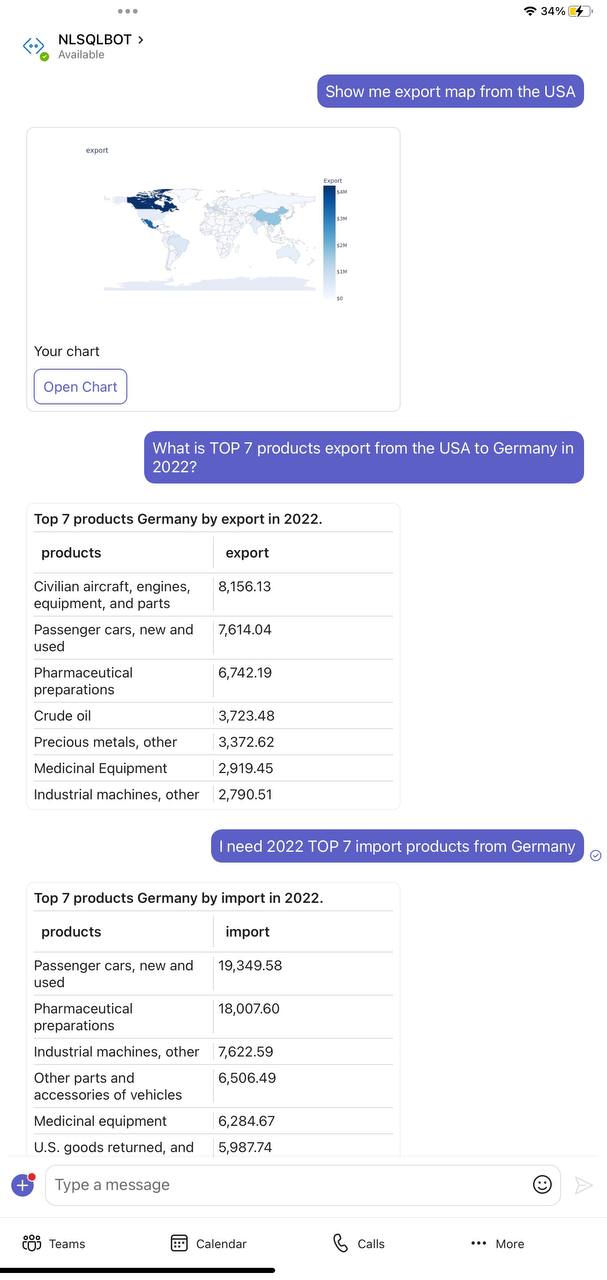Self-Service Analytics goes conversational
Conversational self-service analytics allows users to obtain information by formulating requests in natural language. The blog post explores the opportunities and requirements for successfully implementing this approach based on experiences from several projects.
Conversational self-service analytics uses AI-based methods to enable users to perform data analysis through conversation, as if they were talking to a human. Software vendors like Microsoft, SAP, AWS, and Tableau are expanding their product portfolios to leverage natural language conversation, allowing users to interact with data, create reports, and perform various analysis functions.
NLP is a key building block in this approach, aiming to bridge the gap between human communication and computer understanding. There are several types of NLP systems, including rule-based, deep learning, and hybrid systems. Each has its strengths and weaknesses, but hybrid systems aim to combine the best of both worlds for more effective natural language interfaces.
Opportunities offered by conversational self-service analytics include:
-> AI insights generation: Users can make queries directly in natural language, simplifying the process of extracting insights from company data
-> Supporting end users: Conversational self-service analytics can help users navigate data, suggest available data fields, and provide accurate calculations based on business logic methodology
-> Seamless integration in decision-making processes: Messenger platforms like Teams allow users to make natural language requests directly from various databases, streamlining data analytics and business decisions
However, there are challenges to address for successful implementation:
-> Building effective natural language interfaces: Accurately understanding user intents requires building an organisation's knowledge model or fine-tuning LLM and deep learning models
-> Performance and scalability: Complex queries over large amounts of data must be answered accurately and quickly, requiring the use of SQL optimisation, asynchronous calculations, database cashing and multithreading
-> Effective interaction: Rethinking human-computer interaction is necessary to enable effective dialogue and generate insights from data
-> Transparency and adoption: Measures must be taken to increase interpretability and trust in conversational self-service analytics. Proper end-users' training is essential.
More:
Try it now for free

